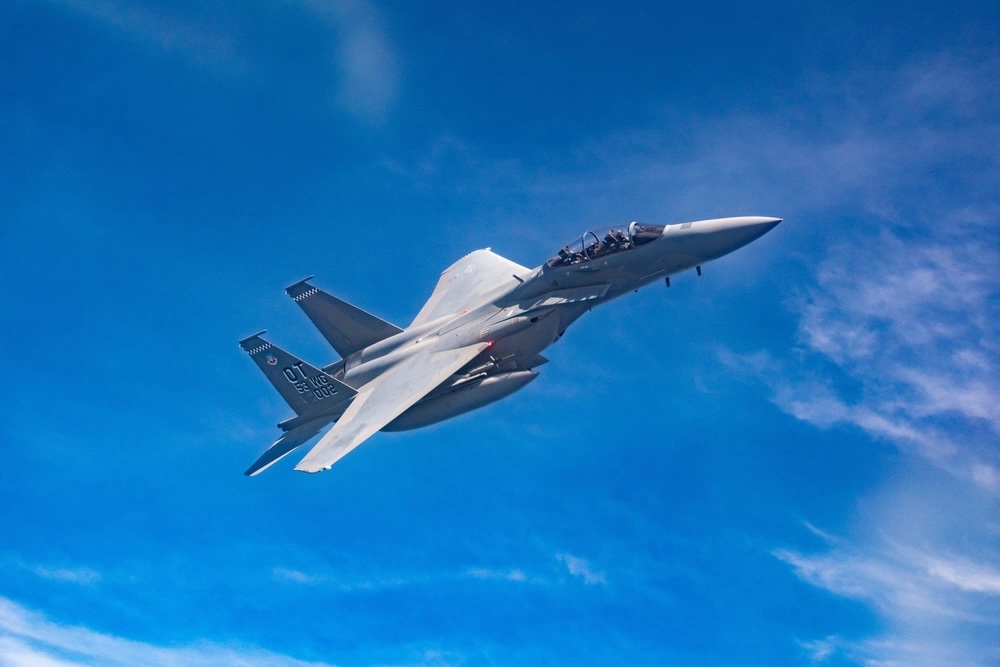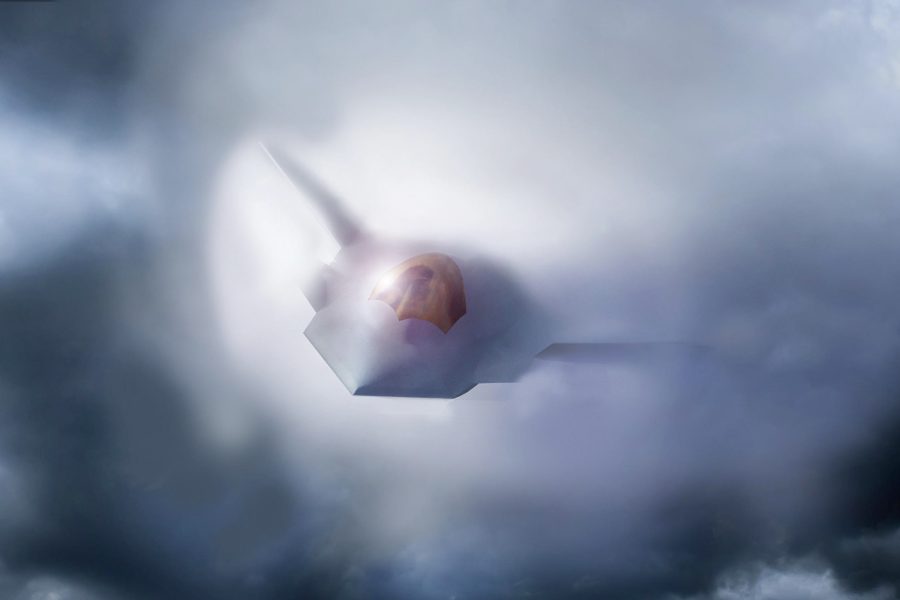The Air Force is planning on buying only 24 F-35s in fiscal 2026—half the previously planned amount—but acquire 21 more F-15EXs, Pentagon officials revealed in their June 26 budget proposal to Congress, which includes major shifts for the service’s tactical fleet.
In the proposed budget, the Air Force plans to retire all of its A-10 close air support aircraft two years ahead of schedule, while pouring $3.5 billion into the new F-47 fighter. In other aviation moves, the Air Force plans to increase production capacity for the B-21 bomber, while the Navy is putting their next-generation fighter, the F/A-XX, on hold.
The budgetary moves largely mirror the amounts in the reconciliation bill currently being debated in Congress. The fighter numbers, however, come well short of the Air Force’s longstanding goal of acquiring 72 fighters a year.
“F-35 procurement is reduced from 74 to 47 aircraft,” a senior Pentagon official said in a background briefing for the press. The move maintains “minimum production rates” of the multiservice fighter while adding funds for the Block 4 upgrade, while making a “significant investment in spares, of about $1 billion, to address sustainment and readiness challenges.”

Of those 47 fighters, the Air Force’s share is only 24 of the F-35A variants; half of the 48 projected in previous years. The procurement total is set at $3.55 billion.
The F-35 cuts were not driven by Defense Secretary Pete Hegseth’s demand for an eight percent shift in DOD spending, the official said, but was “the fastest way to get our warfighters a jet that they could go flying in” and get the jet to “an up-and-ready status. So a lot of that money got shifted over into sustainment to make sure that we have a strong supply base and that we’re able to do the operations and maintenance that we need to do on those jets.” The official added that “we’re dedicated to Block 4” and want “to make sure that stays on time, and that we wanted to reinvest those resources to keep that effort going.”
The F-15EX program, which in the last budget request was reduced to 98 aircraft (100 with developmental jets), will get a boost of $3.1 billion to buy 21 additional fighters, the official said. This move will preserve “industrial base capabilities” while leveraging the F-15EX’s long range capabilities, large payload, and ability to complement stealth fighters.

Together, the F-35 and F-15EX buys total only 45 aircraft—just over half the Air Force’s longstanding goal of 72 new fighters per year to hold down the fighter fleet age and capacity steady.
Asked to comment, an Air Force spokesperson said the goal of 72 fighters a year “is not currently achievable. We make fighter production decisions based on the funding available and the ability of industry to deliver aircraft.”
If the Air Force’s previous plan to buy 48 F-35s had continued along with 21 F-15EXs, it could have bought 69 jets, still shy of the goal.
The newly-named F-47—previously the Next-Generation Air Dominance fighter—“is moving forward with $3.5 billion in funding following President Trump’s March 2025 decision to proceed with Boeing’s development,” the official said, describing it as the “first manned sixth-generation fighter.” The Pentagon’s research, development, test, and evaluation budget document shows the F-47 moving from advanced technology development to prototyping, with a bump of $1 billion from the 2025 funding level.
“We did make a strategic decision to go ‘all-in’ on F-47,” the official said.
The Navy’s F/A-XX counterpart to the F-47—a contract for which was considered imminent last month—will only receive “minimal development funding,” and be put on hold, the official said. The $74 million going to that program will finish the design and “preserve the ability to leverage F-47 work,” but the Pentagon is worried that there aren’t enough “qualified industrial base engineers” available to conduct both programs simultaneously.
Defense leaders believe that “the industrial base can only handle going fast on one program at this time,” and the F-47 is a “presidential priority.” The idea is to “go all-in on F-47 and get that program right, while maintaining the option for F/A-XX in the future.”
There’s “an active conversation” among President Trump, Defense Secretary Hegseth, and Navy Secretary John Phelan whether to continue with the program, the official added.
Another key future element of the Air Force fighter fleet is the Collaborative Combat Aircraft program’s drones, being built and tested by Anduril Industries and General Atomic Aeronautical Systems. The CCA budget for fiscal ’26 is $807 million, the official said, “and that is really to fund accelerated platform development efforts [and] to sustain autonomy development.” That’s a significant bump from the $494 million the Pentagon had previously projected.
The B-21 development program, meanwhile, is slated for $4.74 billion—$2.3 billion in the base budget and $2.4 billion from the reconciliation bill—which the official said would “speed up production.” The total amount requested for the B-21 was $10.3 billion, the official said; which includes production.
The official said that the Air Force “will divest the remaining 162 A-10 aircraft” two years early, in fiscal 2026 instead of fiscal 2028, as previously planned. Those retirements will produce savings down the road but will actually cost $57 million in fiscal 2026.
The Air Force is also requesting $1.08 billion for F-22 modification procurement, which includes an infrared search and track system and stealthy, long-range fuel tanks and pylons, among other modifications. The Air Force seems to have dropped its yearslong effort to get Congress to allow the retirement of 32 of the oldest F-22s.
Pentagon Editor Chris Gordon contributed reporting.


